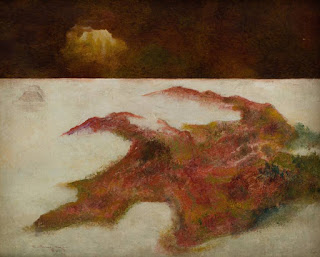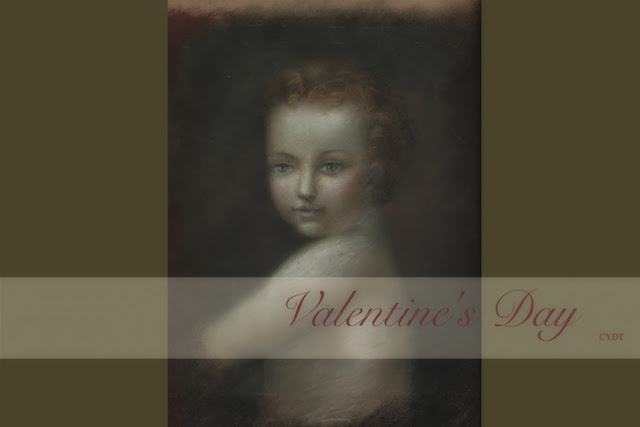
The day of the Mexican flag Aztec codices (Nahuatl languages: Mēxihcatl āmoxtli Nahuatl pronunciation: [meːˈʃiʔkatɬ aːˈmoʃtɬi]) are books written by pre-Columbian and colonial-era Aztecs. These codices provide some of the best primary sources for Aztec culture. The pre-Columbian codices mostly do not in fact use the codex form (that of a modern paperback) and are, or originally were, long folded sheets. They also differ from European books in that they mostly consist of images and pictograms; they were not meant to symbolize spoken or written narratives.The colonial era codices not only contain Aztec pictograms, but also Classical Nahuatl (in the Latin alphabet), Spanish, and occasionally Latin. Some are entirely in Nahuatl without pictorial content. Although there are very few surviving pre-conquest codices, the tlacuilo (codex painter) tradition endured the transition to colonial culture; scholars now have access to a body of around 500 colonial-era codices. Colonial-er


